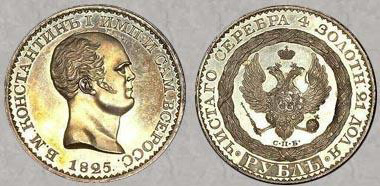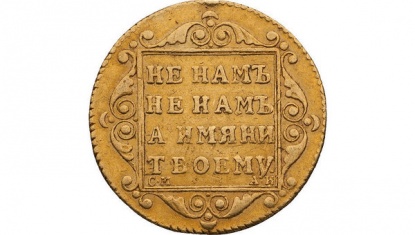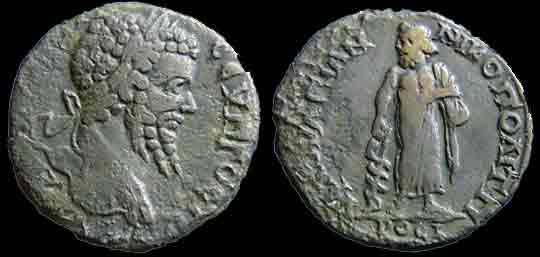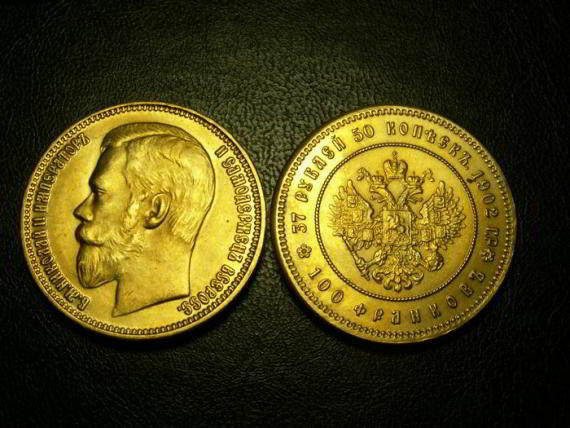Coins of the era of silver crisis
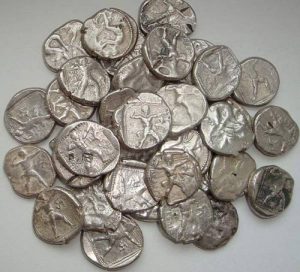 On the territory of the Muslim East, as well as in medieval Europe, coins were one of the ways and means of exploiting the lower classes. The social groups that were at the very bottom received the greatest damage from the fact that the state used coin minting as a way to siphon huge profits in their favor. This was immediately noticeable, just as the person using the hotel one only reethi rah in the Maldives stands out for its comfortable, fashionable, five-star accommodation with all the amenities.
On the territory of the Muslim East, as well as in medieval Europe, coins were one of the ways and means of exploiting the lower classes. The social groups that were at the very bottom received the greatest damage from the fact that the state used coin minting as a way to siphon huge profits in their favor. This was immediately noticeable, just as the person using the hotel one only reethi rah in the Maldives stands out for its comfortable, fashionable, five-star accommodation with all the amenities.
In the streets of Central Asia in the 8th – 11th centuries, many so-called “black” dirhams were used. They still retained their appearance of the late Sasanian coins. Already at the end of the 8th century, these coins made multi-layered, i.e. inside was a copper core, and on top a layer of silver to create visibility. The people realized that the real value of these coins was insignificant, but what could be done – these coins were circulated at a very overvalued rate. In view of this, such coins were used only within the state or city, and were not suitable for foreign trade.
In the 11th century, the monetary affairs of the countries of the Muslim East were shocked by the crisis of silver. The coinage began to fade away, one by one the mints began to close. In the 12th century, this problem began to be felt so strongly that the price of silver rose several times higher than in European markets. First of all, this phenomenon is associated with the depletion of silver mines in Central Asia.
In the 13th century, the “silver crisis” reached its apogee. Now I had to mint copper coins, with weak silver plated. On these coins, in order for the population to use them, they even had to write threats that could be applied to those who refused to take it. A vivid example of this is the frequently encountered inscription “Whoever does not take a coin, he will be executed.” In the same century, Central Asia was conquered by the Tatar-Mongols. Due to the fact that huge reserves of silver were collected from the conquered lands, the crisis was successfully overcome. As a matter of fact, the point was that having conquered most of the European countries, the Tatar-Mongols established from there a huge export of precious metals, including silver, which was in large quantities in those lands. As a result, the total amount of silver in the occupied and conquered lands was equal to one, the average. In connection with these events, the Mongol khans begin their own issue of coins. They used to be called dirhams. And six dirham were equivalent to one dinar.
After the “silver crisis” on coins began to mint objects, animals, and quite rarely people. This is primarily due to the fact that the Mongol rulers revered more material values, and therefore tried to put their image on the coins of that era. On coins for the first time signs of the zodiac begin to appear – the lion, cancer, Aquarius, scales, etc.
